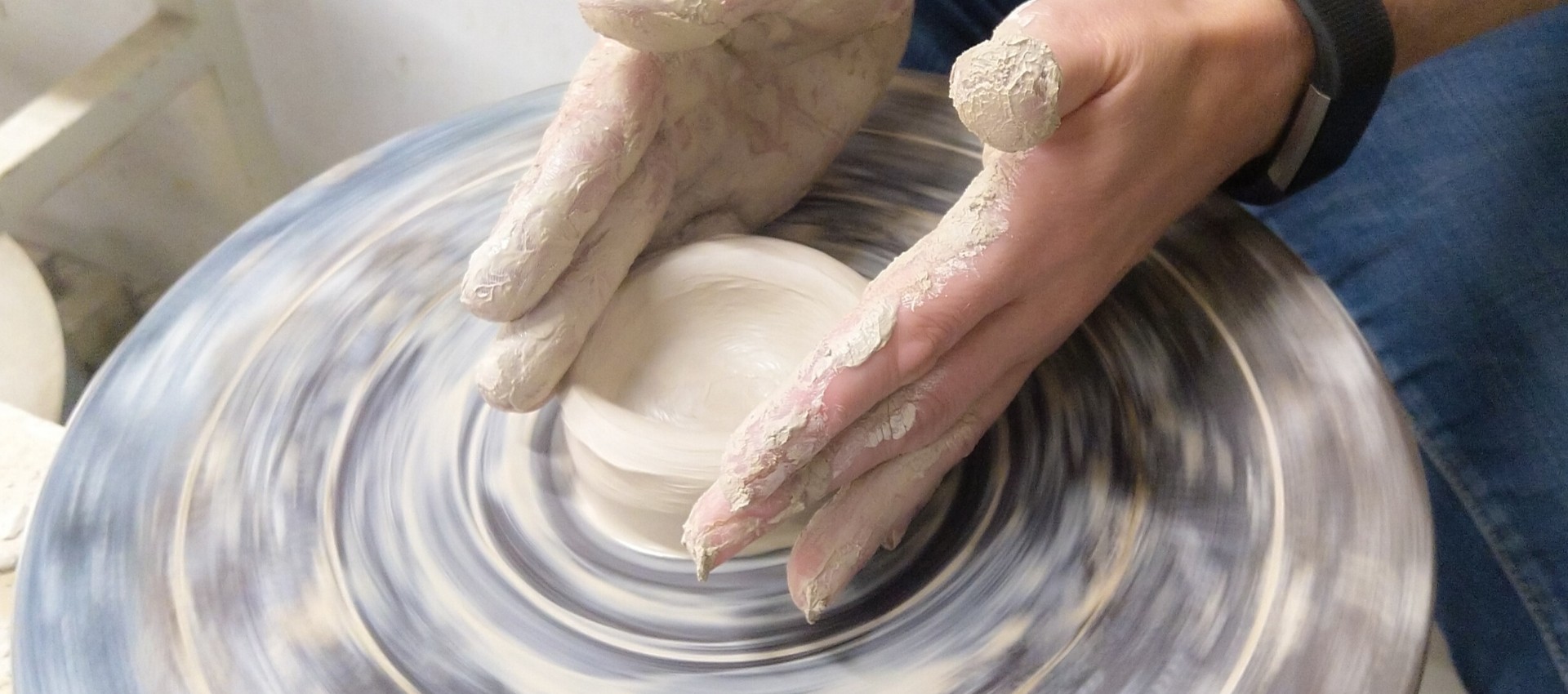Photo by Skitterphoto from Pexels.
In the last blog, we looked at the evangelical change leader and what they bring to their change. Understanding that means we are better placed, as practitioners, to tailor an approach that works best with that style.
The Subject Matter Expert (SME) change leader
This is the change leader with a deep understanding of the problem the organisation is trying to fix or opportunity to leverage and genuinely enjoys ‘tinkering in the shed’ on the solution and getting their hands dirty. They love the detail and elegance or innovation of the solution. ‘The shed’ can be a very safe and comfortable place for these change leaders!
Strengths
The deep deep business or technical knowledge of this change leader can be invaluable – they know what will work and what will not. Their ability to define the problem or opportunity is an absolute superpower and I have found this enables us to pinpoint the true purpose and particulars of the change. They make time to be involved in design sessions or project meetings.
Risks
While this ensures the end product (it may be a new service or product, new tech, a new process or a new building) is a solid and high quality answer, it distracts the change leader’s valuable time away from the more important work of aligning other leaders, making decisions about priorities, getting resources, communicating, celebrating the wins along the way. This is work only they, as the change leader, can do.
Their need to be in the detailed design can slow things down and they can appear to be ‘missing in action’ and people may start to think the change is not going ahead.
What helps
- Be very clear on the true purpose – what problem is to be solved or opportunity to be leveraged? How will the organisation, it’s people and customers benefit?
- Be clear on their role as change leader and how that helps adoption and sustainment – if the solution is so beautiful, it will only work if adopted! It can’t live in the shed.
- Discuss how their deep knowledge can help and how to balance that with the other parts of the change leader role.
- Who would they like to be the SME’s on the change? Have they looped them in and been clear on expectations both ways?
- Establish a routine of regular catch ups (it helps to have the Project Manager involved, too) and make sure you are across the developments in between. Reassuring them that things are progressing can help.
- Craft communications for them that address the Awareness and Desire points, not just the detailed ‘particulars’ of the solution. They will be surprised that not everyone shares their passion for the detailed solution! BUT people do want to know that the change leader is using this knowledge to make sure we do a great job.
Summary
Our role as change practitioners is to make sure we work with them to land their change and the benefits. To work effectively with the change leader, first seek to understand the strengths and risks they bring to their own change.
And, it helps to understand your own view of the change and what it will take to land.
How can we help?
- Coaching – bringing in an ‘outside’ coach can help and that’s where we come in. We are ‘neutral territory’ and our focus as a coach to you is helping you achieve the outcomes you need of the change.
- Plan to Land Change Workshop – we work with the change leader and their steering committee or project team to build the change strategy for the change and the action plan.





